
Founder, Hirapur Estate, Hirapur
Year 1839: Marks the birth of Kumedan Jai Singh’s son, Hira Singh.
Hira Singh, following in his fathers footsteps, commenced service in 1855 as a Dafadar in his fathers Regiment and was appointed Jamadar on the outbreak of the Mutiny, being promoted to Risaldarship at its close. He took part in the most important actions, and was present at the capture of Delhi and Lucknow, receiving the Order of Merit. He then volunteered for service in China and was attached as Risaladar to Fane’s Horse, doing excellent service.
Googled...Fane’s Horse: on an expedition to China, 1860
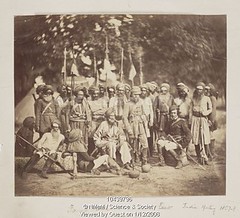
Later renamed: 19th Bengal Cavalry Lancers
He resigned his commission on the death of his father, Kumedan Jai Singh, and set himself to improve his Taaluqdari Property in Oudh, adding to the estates by the purchase of eighty thousand bighas in the Barthapur ilaqa, Tahsil Nanpara, Bahraich; and he had the name of being a model landlord, punctual in his revenue payments, and kind and considerate to his tenants.
He also acquired by purchase the Estate of Hirapur in the Tarn Taran Tahsil, Amritsar; and both in the Punjab and in Oudh his name stood high as a generous friend of the poor, and a liberal contributor to all different charities. He set apart a considerable sum, the interest of which is devoted to the purchase of quinine for the fever stricken on his estates.
Hirapur Estate
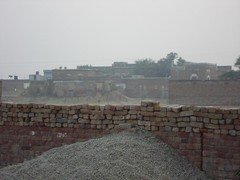
He presented the people of Chubbal, his native village, with a handsome water tank “Sarovar” built at the cost of 20,000, and provided for its perpetual repair by investing Rs. 10,000 in Government Funds for this special purpose.
Shiv Mandir & Sarovar
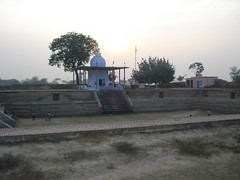
Meena Sood & Brig. R.K.Sood, SM
with the Temple Purohit & Sarpanch
Wall Plaque dating back to 1880's
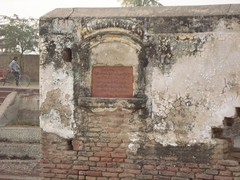
Separate Enclosure for ladies
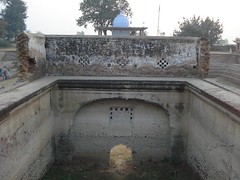
Kids having a Dip in the Water Tank......

Opps...Field Day playing CRICKET.
He also built a large Sarai (Dharamshala / Lodge) at Amritsar and set apart the sum of Rs. 50, 000 in land and securities for its maintenance. His works of public utility in Bahraich (India) and at Nepalgunj (Nepal) have been numerous, and they are thoroughly appreciated by the people, who looked on him as less of a foreigner than the other Punjab land owners who are not always in sympathy with the local population.
Sardar Hira Singh was honoured, with the title of Raja, bestowed upon him at the recommendation of Sir, Auckland Colvin by His Excellency, the Marquess of Dufferin in December, 1888.
General Walter Fane, who perhaps knew him more intimately than any other British Officer, wrote of him as follows: “I know no native whom I can more honestly praise than Hira Singh, and he has left my regiment to the regret of every officer and man. He served with great gallantry and distinction before Delhi and throughout the subsequent campaign of 1858. He was the first volunteer for foreign services in China, and was of the greatest assistance to me in raising fane’s Horse. There is not an officer or man in my regiment I would not sooner spare than Hira Singh. I believe him to be one of the most truthful and straightforward officers I ever knew.”
 |
| Golden Book of India pg 176 |


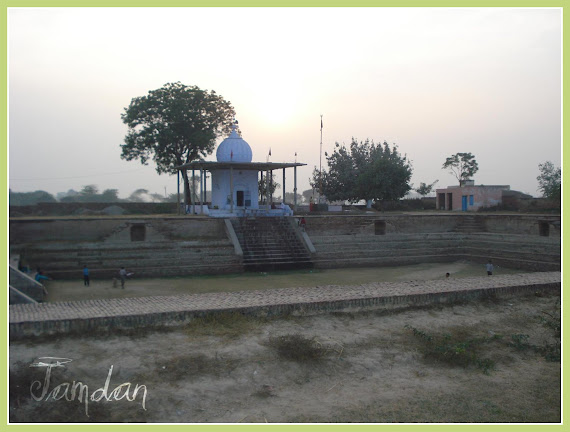
No comments:
Post a Comment